Para Sports
‘I hope I haven’t killed him’
Joe Williamson has the biggest pair of steel nuts in Australian sport.
Who else is going to fly to the other side of the world to get in the back of a bobsled with a disabled guy with no experience, and who he hardly even knows? That’s crazy.
I met Joe last year, soon after having the idea that I wanted to become the first athlete to compete at the Paralympics and then at the Olympics in a different sport. I asked him to come to Europe with me and he agreed, and a few months later there we were, me as pilot, him as brakeman, ready to give it a try.
For 11 years I was, until recently surpassed by my training partner Chad Perris, Australia’s fastest-ever Paralympian. I’ve won five gold medals and was unbeaten on the track in 10 years from 2006. But I have never really enjoyed it as much as you might think. I would love to have been great at a sport that paid a little better, but it was just something I was very good at. I started winning and I didn’t want to stop.
I’m a long way off experiencing the same winning feeling at bobsled, despite Joe’s courage!

Going 120kph in a sled is insane
We had a lot of crashes when I started out and he would just go straight back up the top and try again. We both were bruised all over but he was five times worse off because the brakeman gets beat up way more than the driver.
There was a day early on when he couldn’t get out of bed, he was that smashed up. He was trying to, but I had to tell him ‘mate, we’re not sliding today. I’m not going to do that to you.’
We had a couple of days off and then slid again. It was a lot better after that because I stood on the side of the track during that time and learned some of the theory.
Day one we got our sled and placed it next to the junior start, maybe three or four corners down from the main start so you don’t go out as fast and you can learn a bit from that.
It was straight out of Cool Runnings. We walked inside and got dressed and ready to go. We came back out, helmets on, mouth guards in, and we were told to get in the sled. They were like ‘do you know how to drive?’
I’m like ‘pull this one to go left and pull this one to go right? Yeah? See you. Push us off’.
That was a full-on learning curve and what I learned pretty quickly was, it’s not just pull left and go left, pull right and go right.
Going 120kph in a sled is insane the first time. On our first run we somehow made it to the bottom the right way up, possibly due to Joe’s helmet tipping us back upright when we were halfway over.
Joe got the absolute shit beaten out of him. As a pilot I’m pretty lucky, I’m underneath the cowling of the sled, so I’m a lot more protected, just my head gets a good rub on the ice, and sometimes my shoulder.
The brakemen, though, gets slammed around in the back and it’s really hard to hold on, so their backs and head can hit the ice hard.
And you’d think the ice would be cold, but it’s super hot when you crash because there’s so much friction.
As you’re crashing, as you can feel it, it’s like ‘fuuuuuck!’ Then you’re upside down and your head’s sliding along the ice and you’re checking you’re in one piece. Then you realise, ‘crap, now I’ve got to slide down for the next 30 seconds on my head and get to the finish.’
Because you don’t stop, you just keep going upside down and you hear the sled rubbing against the ice, thinking, ‘oh damn. I hope my brakeman’s okay. I hope I haven’t killed him.’
And when you do finally get to the finish line, then you get to experience the bottom half of the track in reverse until the sled has run out of gravity.

A huge patch of my brain is missing
My disability, cerebral palsy, makes me who I am. Cerebral palsy is a big umbrella term that can mean a lot of things but basically is brain damage either before you’re born or in the first two years of your life.
They don’t know for sure, but it’s believed I had a pre-natal stroke while I was still in my mum’s womb. My mum says I started out active, even quite annoying, in the womb, then I stopped moving.
She went to hospital and they checked me out, told her I was fine and sent her home. When I was born I was sent home as an apparently ‘normal child’. My parents already had my two older sisters so their hands were full and they didn’t notice much, other than I was pulling myself around with one hand.
I had pretty severe asthma when I was younger and went to hospital for that when I was about two. A doctor came to see me while I had a drip in my right arm and was eating.
I went to St. Joseph’s College in Sydney for high school. Kurtley Beale was in my year at school, and Peter Betham too. All of a sudden I wasn’t so fast, because I was competing against great athletes.
I picked up the food and started eating from my right hand even though I had the needle in there.
That alerted the doctor. At that stage I should have switched to eating with my left because of the needle, even though I was right-handed.
I had a brain scan and they could see a huge patch of my brain is missing because it just didn’t get any blood for a period, and it’s dead. You can see a picture of it on my Twitter profile.
I never remember being told ‘you have a disability’, I just always knew it. There was never a moment when my parents had to sit me down and tell me.
I’m really lucky because I’m very mild. I know a lot of people with my disability had a hard time at school but I didn’t because I can hide it if I want to.
My disability affects the whole left side of my body. The most noticeable thing for me is my left hand but, I can crack an egg, tie my laces and shuffle a deck of cards with my right hand. People don’t notice unless I either tell them or they spend a fair bit of time with me.
In primary school I always raced able-bodied. We didn’t have disabled events at any of the zone or state carnivals but I was fast and got some strong results.
I went to St. Joseph’s College in Sydney for high school. Kurtley Beale was in my year at school, and Peter Betham too. All of a sudden I wasn’t so fast, because I was competing against great athletes.
I stopped sprinting for a while but was doing a bit of long jump one day when a coach tried to change my technique. I told her about my disability and how I couldn’t use my left arm properly.
She was training with some para athletes at Homebush and she went and spoke to them. Later that year, I was travelling to Europe to compete for Australia in the European Open champs for para athletes.
I was excited to find out there was a place for me that I could keep winning and be successful. I think what drives everybody is being successful in whatever they do, whether it’s work or looking after their family or whatever. Success drew me to athletics and probably kept me going the whole time.
When success disappeared, I struggled massively with that.
More about: Disability | Gold Coast 2018 | Para Sport | Paralympics | Resilience | Tokyo 2020 | Winter Olympics
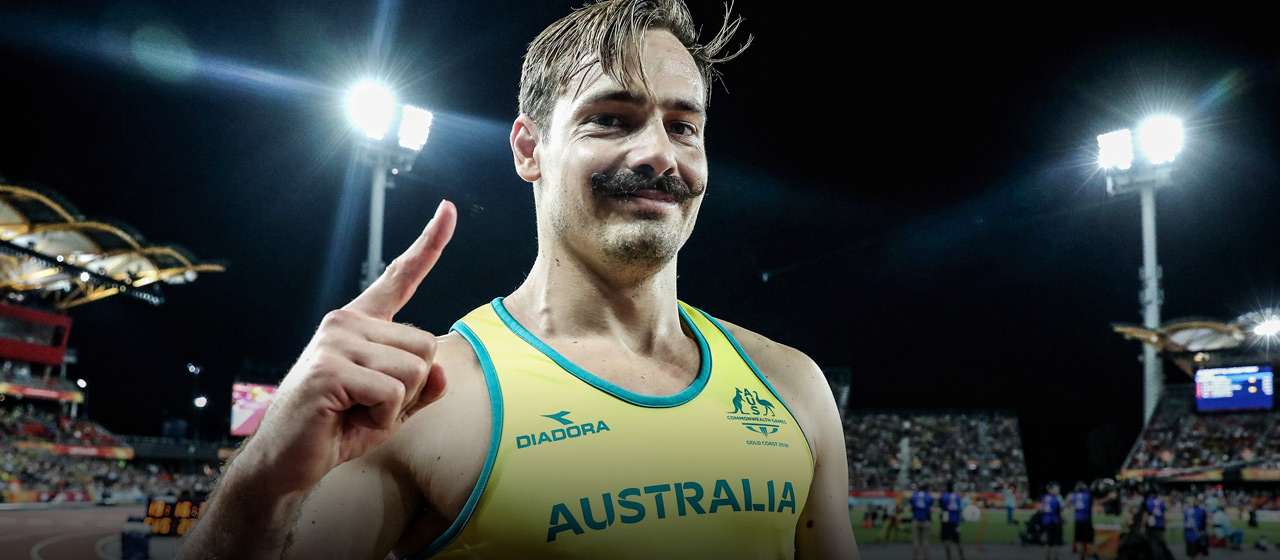
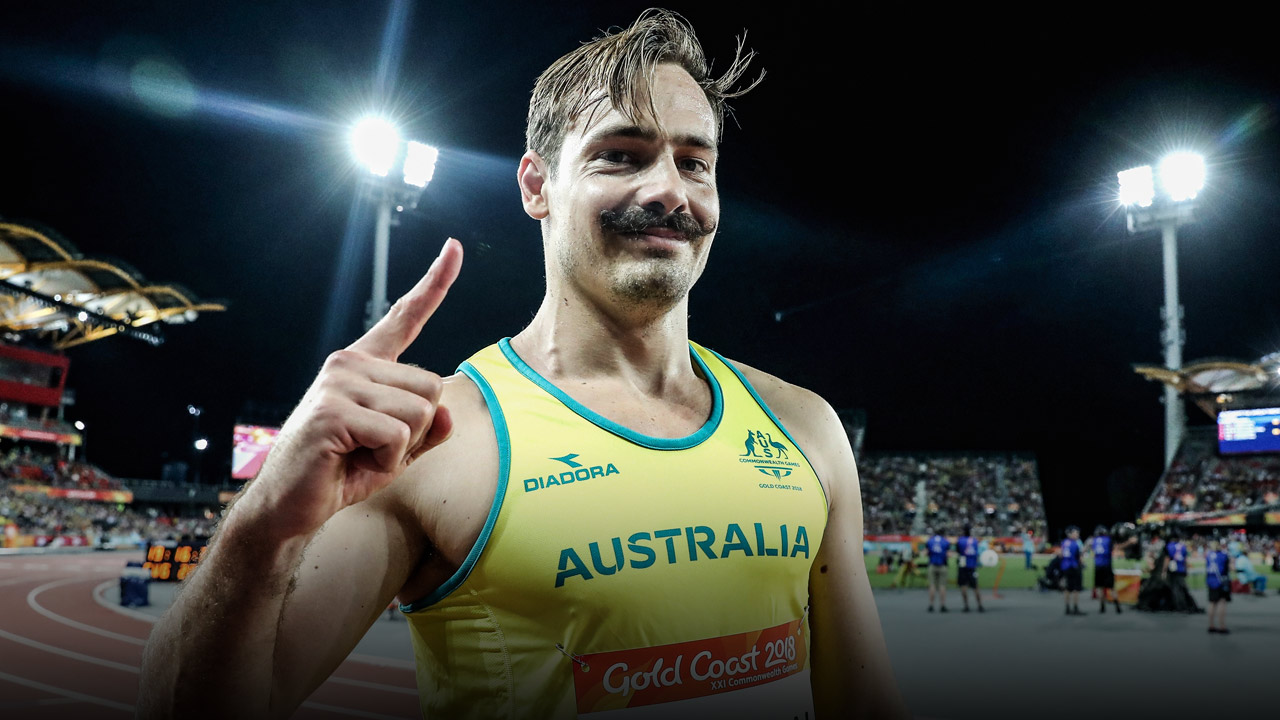
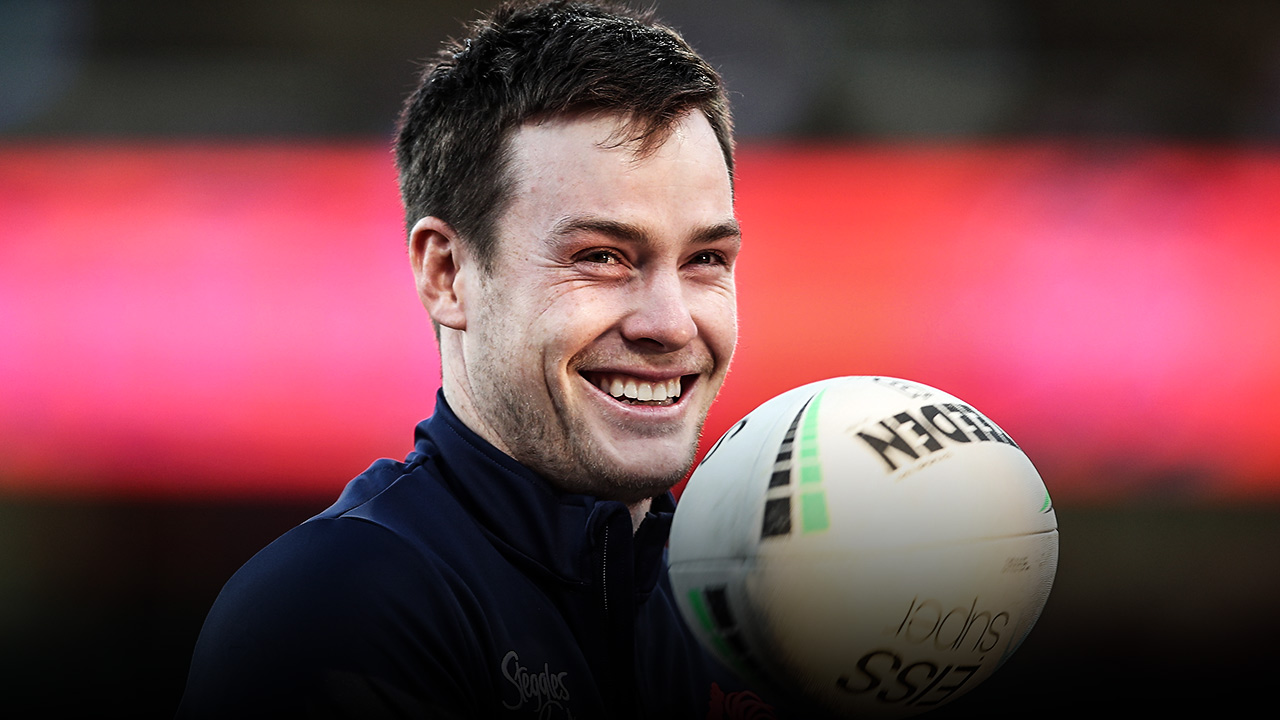
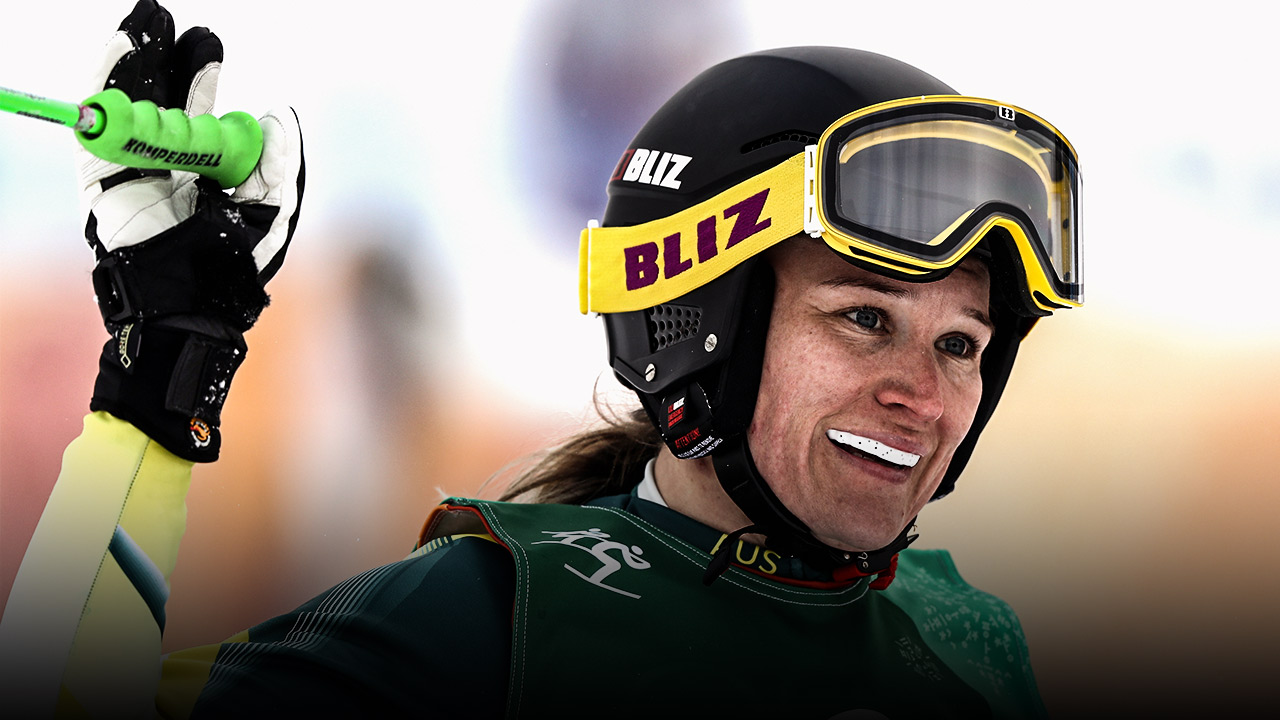
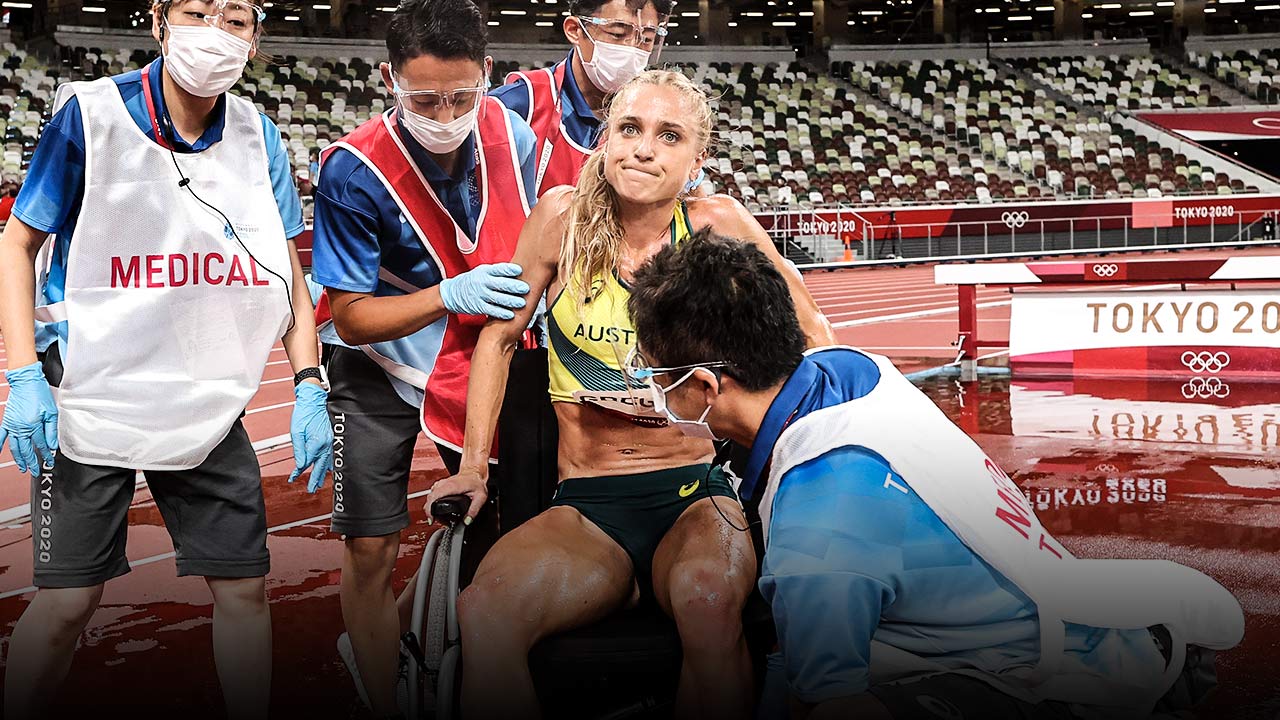

 Load More
Load More